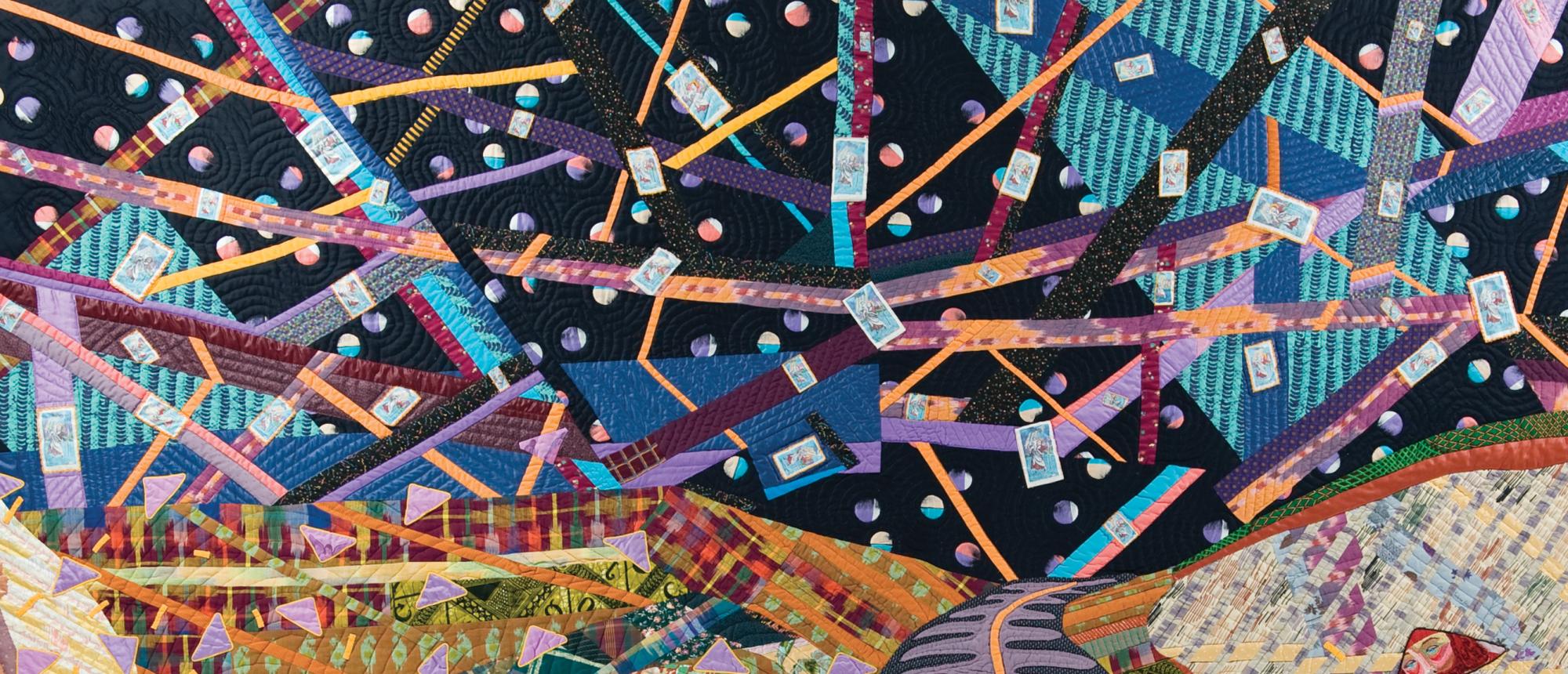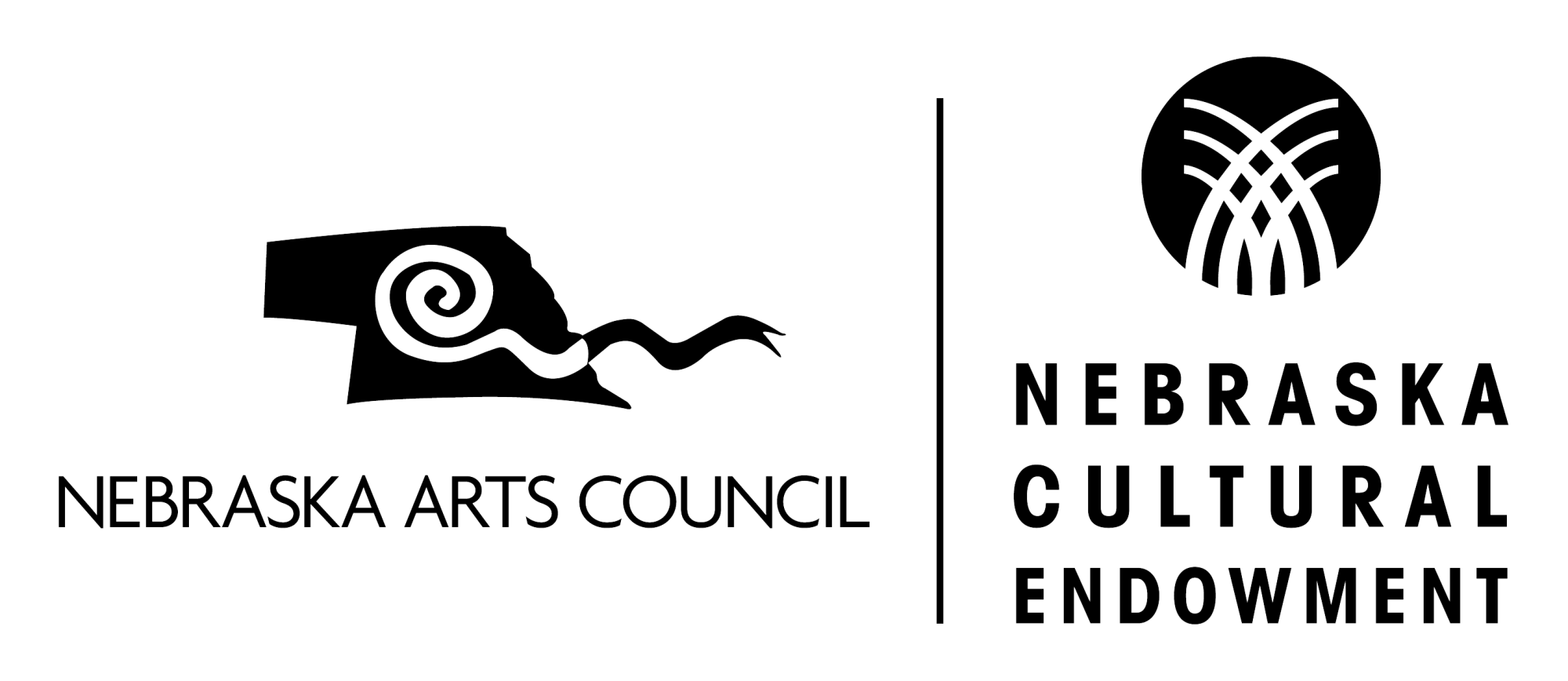
Revisiting the Art Quilt
Dec 17, 2010-April 3, 2011

As some have said about returning to a familiar place after a long absence, “You can never go back”—meaning that the one returning has changed and will find that the familiar now looks different. Revisiting ‘The Art Quilt’ returns to a 1986 exhibition titled “The Art Quilt,” curated by Penny McMorris and Michael Kile. Twenty-five years later the quilts are the same, but viewers’ impressions are influenced by artists’ ongoing exploration of the creative potentials of quilts, the increasingly technologically driven developments in traditional quiltmaking, as well as a quarter century of social change. In our revisitation we look upon the enduring vibrancy and influence of the quilts and quiltmakers and ask what new things “The Art Quilt” shows us that couldn’t be seen a quarter century ago.
The original exhibition was the brainchild of Michael Kile, a young San Franciscan publisher who was known widely for his exquisite taste, acid wit, West Coast art contacts and quilt expertise. Among 1980s quilt-world movers and shakers, Michael was an earthquake.
McMorris, then an art historian, commentator, and curator for the Owens-Corning Fiberglas Corporation, recalls: "Michael contacted me in 1984, sharing his vision and asking for help. He foresaw creating the first landmark contemporary quilt exhibition to gain the attention of curators, collectors, art reviewers and gallery owners, to validate and showcase the best emerging and leading quilt artists. The Los Angeles Municipal Art Gallery had invited him to curate, and he sought quilts bold in size and intention which could hold their own in the gallery’s looming 18-foot ceilinged space.
“Michael and I invited potential artists to create the piece they’d always dreamt of making, from which we would choose. Upon seeing actual quilts, we selected a final group of sixteen artists, giving each another year to create one or more additional large-scale pieces . . . The black-tie opening took place on a balmy September night in 1986. The rest is, as they say, art history.”
The artists exhibited twenty-five years ago have continued to develop diverse and brilliant careers as leading studio quilt artists known world-wide. Today their work resides in significant corporate, private, and museum collections. Three quilts from the 1986 exhibition are included in The Twentieth Century’s Best American Quilts and artists in the show created ten percent of the list’s quilts. McMorris and Kile’s exhibition catalogue continues to inform scholars of the art quilt movement.
Of the enduring value of the quilts, McMorris says: “These quilts have stood the test of time. Even after twenty-five years they represent the artists well.
